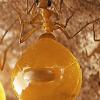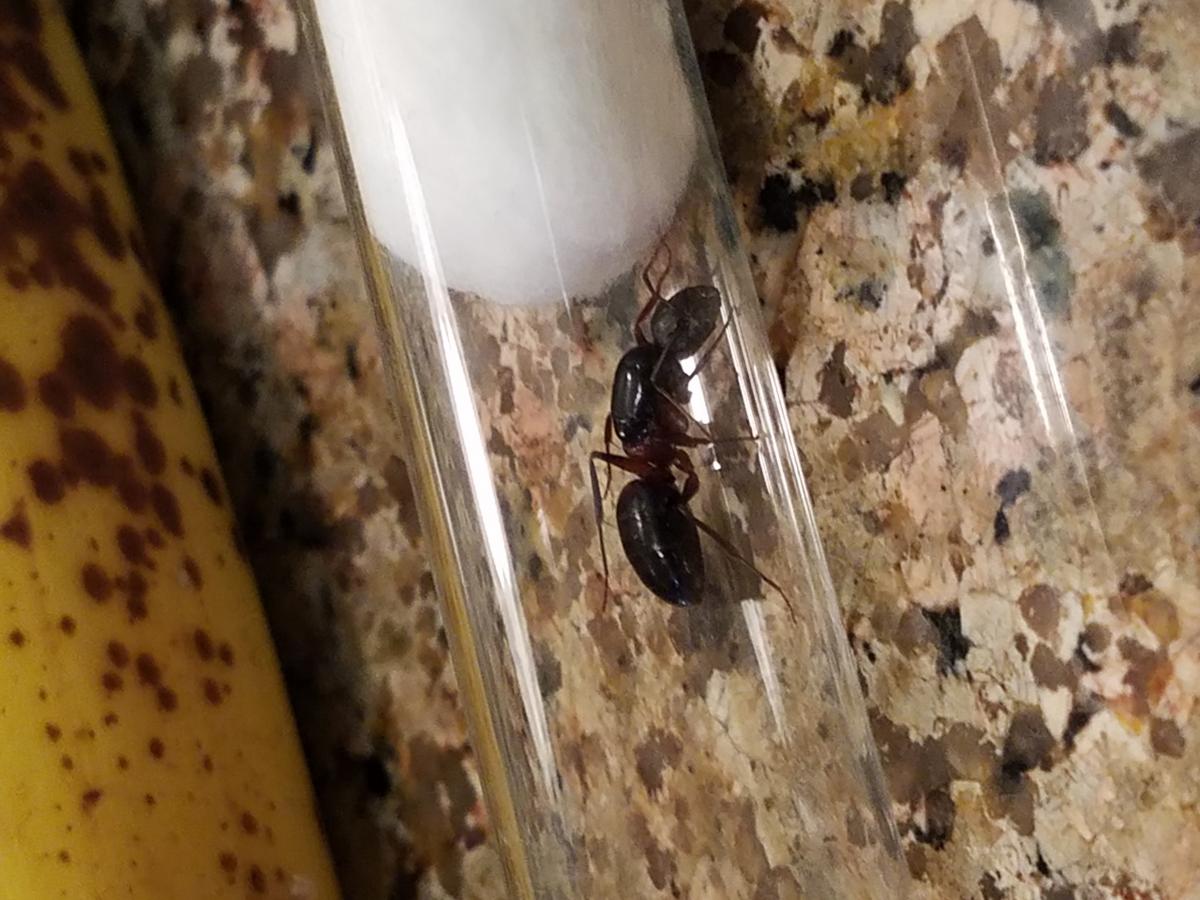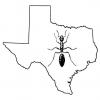- Formiculture.com
- Forums
- Gallery
- Members
- Member Map
- Chat

Not sure what this is. Is it a queen though?
Started By
Here for the honeypots
, May 8 2016 10:17 AM
7 replies to this topic
#1
 Offline
-
Posted May 8 2016 - 10:17 AM
Offline
-
Posted May 8 2016 - 10:17 AM
This thing is huge. I don't even know if it is a queen but I found it near the garden and it rained last night. Help? (banana for scale)
#2
 Offline
-
Posted May 8 2016 - 10:37 AM
Offline
-
Posted May 8 2016 - 10:37 AM
Yes.
A camponotus SP. Queen.
- Subverted likes this
#3
 Offline
-
Posted May 8 2016 - 11:37 AM
Offline
-
Posted May 8 2016 - 11:37 AM
Sweet thanks! Is it Claustral or no?
#4
 Offline
-
Posted May 8 2016 - 12:11 PM
Offline
-
Posted May 8 2016 - 12:11 PM
i hav a camponotus sayi, want to know if she is fully/semi?
Ant Queens found:
Solenopsis Invicta, Solenopsis xyloni, Brachymyrmex depilis/Sp, Myrmecocystus Mimicus, Pogonomyrmex barbatus,
Forelius pruinosus, Camponotus sayi, Dorymyrmex insanus, crematogaster ashmeadi,
----------------------------------------
Ant Queens i have going right now:
camponotus sayi, solenopsis invicta, Myrmecocystus Mimicus, Forelius pruinosus
Pogonomyrmex barbatus, and some others (no i.d.)
---------------------------------------
YouTube: AntsTexas
Facebook: https://www.facebook.com/cdockray1
Facebook page: AntsTexas
#5
 Offline
-
Posted May 8 2016 - 12:53 PM
Offline
-
Posted May 8 2016 - 12:53 PM
Sure yeah, I'm sure they're similar
#6
 Offline
-
Posted May 8 2016 - 1:46 PM
Offline
-
Posted May 8 2016 - 1:46 PM
Do you know the length?
#7
 Offline
-
Posted May 8 2016 - 2:03 PM
Offline
-
Posted May 8 2016 - 2:03 PM
I think most camponotus are fully claustral, with the exception of some of the arboreal sp.
- AntsTexas likes this
IMHO of course.
#8
 Offline
-
Posted May 8 2016 - 3:18 PM
Offline
-
Posted May 8 2016 - 3:18 PM
thanks
Ant Queens found:
Solenopsis Invicta, Solenopsis xyloni, Brachymyrmex depilis/Sp, Myrmecocystus Mimicus, Pogonomyrmex barbatus,
Forelius pruinosus, Camponotus sayi, Dorymyrmex insanus, crematogaster ashmeadi,
----------------------------------------
Ant Queens i have going right now:
camponotus sayi, solenopsis invicta, Myrmecocystus Mimicus, Forelius pruinosus
Pogonomyrmex barbatus, and some others (no i.d.)
---------------------------------------
YouTube: AntsTexas
Facebook: https://www.facebook.com/cdockray1
Facebook page: AntsTexas
1 user(s) are reading this topic
0 members, 1 guests, 0 anonymous users



















